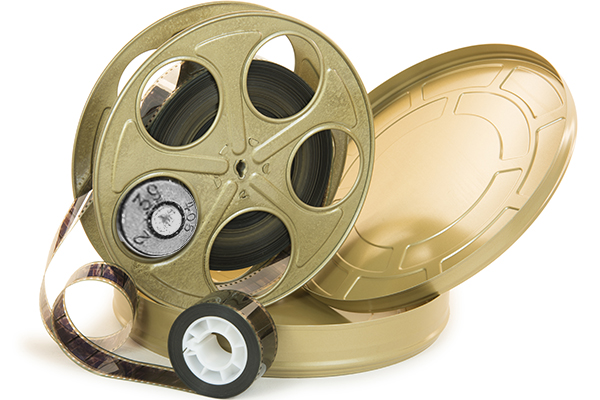There is No Silver Bullet
We had a client, a handful of years back, who asked us to create training materials for a huge HR initiative the company was gearing up for. They spent a lot of money over months and months of preparation, instructional design and curricula, as well as the videos that were at the heart of the project. In the end, we had a fantastic product, ready to roll out. Fast forward to a year later – we reached out to the client for a debrief, in hopes that they had some stellar statistics to share with us. What we learned, however, was that the initiative was a bust. The campaign yielded no results and some of the higher-ups in the company were upset that money was wasted.
So…what went wrong?
There are a lot of things that could’ve gone amiss along the way, right? Maybe the idea was bad to begin with. Maybe the staff simply rejected their ideas. Or, blame the video guys – maybe we produced a bad product…(how dare you)! In reality, it was none of the above. The “failure” of the project was a direct result of the client assuming that the materials themselves would solve all their problems. Unfortunately, the classic quote, “If you build it, they will come,” does not apply in situations like these. Instead, if you build it, but do nothing with it, you should probably update your resume.
After some deeper digging, we found out that no one on the client’s side took true ownership of the roll-out. They had the materials and distributed them to all the necessary people and locations, but left it at that. In most instances, those resources were left on the shelf to collect dust. We discovered that some of the field trainers had never even heard about the project. How do you think that one went over? As one of our colleagues speculated, “heads were probably going to roll.” It was a huge disappointment; not because we put a lot of work into it, but because it really was a great
product with a lot of potential.
In contrast to that story, we worked with another client who was creating a training/development curriculum between their HR and L&D departments. In similar fashion, we helped come up with the plan, design, and production of materials – but in this case, they took the ball and ran with it. They made sure that field trainers and facilitators were aware of, trained and using the materials. They also made sure that the trainers and facilitators understood why this was needed, and the strategy behind the roll out. Before it ever went live, they held focus groups to fine tune any issues, received invaluable feedback and got buy-in from the key participants. Throughout the entire process, we were all focused on measurable results.
The follow-up call from story #2 was more than pleasant. They shared the positive feedback, accolades, and some pretty amazing statistics. In this case, those holding the purse strings were ecstatic. Now, there was trust that would pay off in the future when new ideas and strategies were shared. And, maybe, just maybe, they’d come to us when it was time to start down a new path for a creative solution. Guess what? They did.
What’s the moral of this Tale of Two Clients? The best product, video, or otherwise, is useless without the people who take ownership of its success. This is true across all platforms. For example – in television, the comedy series “Arrested Development,” originally aired on Fox. It was critically acclaimed, nominated for dozens of awards, winner of multiple Primetime Emmys, but was canceled into its third season. Why? Marketing dropped the ball on what could have been a long, lucrative run for the show. In film, 1999’s “Fight Club”, was a box office bomb after studio execs second-guessed its value and then altered and/or abandoned the strategy for its release in the 11th hour. What most of us discovered after its release on DVD was that it was an original, game-changing film. You’ll see it on just about any “Top 100” film list.
I guess what we’re trying to say is, in commercial and corporate video production, it doesn’t matter how great the end product might be if no one on the client side has claimed the project and its accountability, from ideation to implementation, and carefully monitored its impact throughout the process. Just having employees “check the box” and watch a video or take a course isn’t going to change behavior or influence results. Think of it as a journey, one that requires planning, supervision, and follow-up. We can’t offer you a silver bullet, but we can strategically partner with you to ensure you have all the tools to implement your own success story.
